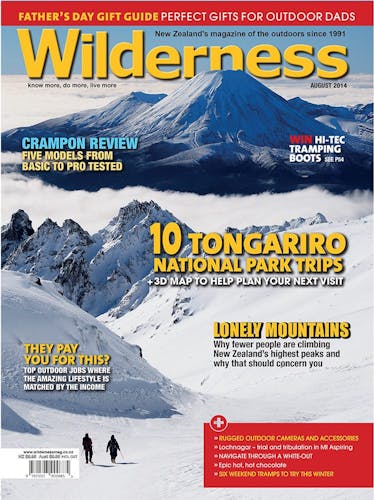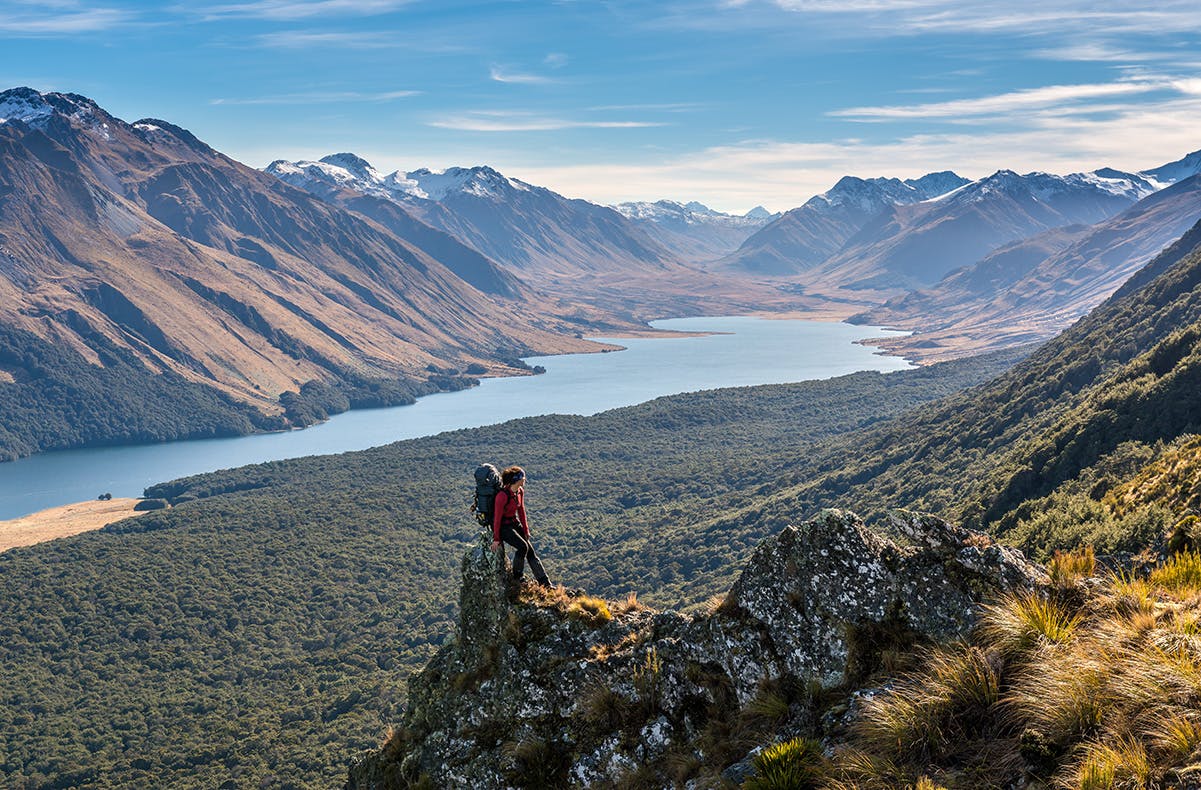David Barnes argues the 30 per cent of conservation estate known as stewardship land needs better protection
Those who want to mine, or dam New Zealand’s backcountry, or construct roads, monorails and tunnels through it complain that public conservation land is ‘locked up’. But those who appreciate these places for their intrinsic worth are more comfortable with the stated objective in the Conservation Act which is the ‘preservation and protection of natural and historic resources for the purpose of maintaining their intrinsic values, providing for their appreciation and recreational enjoyment by the public, and safeguarding the options of future generations’.
Yet, a third of the conservation estate isn’t that well protected.
Stewardship land is public land that passed into the management of the Department of Conservation in 1987 and was placed into a temporary ‘holding pen’. A third of public conservation land, more than 10 per cent of New Zealand, is still classified as stewardship land and lacking the level of protection and active management provided to other areas managed under the Conservation Act 1987, or the National Parks Act 1980.
It has, in effect, been forgotten.
Politicians and public administrators seem to see such land as less important than national and conservation parks. Lack of government action has allowed business to apply pressure to develop these areas for mining, hydro-electric generation and tourist transport infrastructure. Both the Parliamentary Commissioner for the Environment and the NZ Conservation Authority have criticised this inaction.
Federated Mountain Clubs (FMC) is campaigning for the classification of stewardship land, a job that should have been done nearly 30 years ago. Some of this land may deserve national or conservation park status; some might be better as scenic reserves. There’s a paddock full of broom near Te Anau that could be worth disposing of, but no-one has asked the question.
What does all this mean for trampers?
Few outside of Southland had heard of Snowdon Forest before the Fiordland Link monorail was proposed. Yet trampers were amongst the most strident opponents of proposal. In its submission, the Otago Tramping and Mountaineering Club said that the area ‘has long been valued as a place where inexperienced trampers who do not want the highly developed facilities of the Great Walks can go. It provides simple tracks in an area of generally more benign climate and topography than Fiordland’. It also said that the area ‘provides an impressive setting for more experienced trampers to travel in lightly tracked and untracked forest and tops’.
Snowdon Forest is part of the Te Wahipounamu South West New Zealand World Heritage Area. You’d think that World Heritage status would be right up there in terms of protection, but 30 per cent of this area is stewardship land, including the Hooker Landsborough Wilderness Area.
Further north is the St James Conservation Area. This former high country station was purchased by the Nature Heritage Fund (NHF). It offers a superb range of outdoor opportunities, from the St James Walkway to the classic pass-hopping route from Lewis Pass into nearby Nelson Lakes National Park; the Waiau River described by Fish and Game as ‘one of the best wilderness fisheries in North Canterbury’ and by a kayaking guide as ‘the best trip in Canterbury north of the Rakaia Gorge’. NHF’s intention was for it to added to the conservation estate, but it could be disposed of at the stroke of a pen. That’s what happened to Crystal Basin, another NHF purchase adjacent to Porters ski area.
This isn’t just a South Island issue. The Coromandel Peninsula is a national treasure on Auckland’s doorstep. Thousands of visitors enjoy its warm climate, white sandy beaches and lush flora and fauna. Yet much of its hinterland is stewardship land.
It’s unlikely that, after 27 years of inaction, the whole 2.8million hectares of stewardship land would be reclassified overnight, so the FMC is targeting eight priority areas and asking the Government to get on with it. In the north, there’s the Coromandel, the King Country’s Whareorino Conservation Area, the Rangataua Conservation Area on the southern flank of Mt Ruapehu and Waitotara Forest, adjacent to Whanganui National Park. In the South Island, as well as Te Wahipounamu and St James, FMC wants improved protection for the Mokihinui River in Buller, and national icon The Remarkables in Otago.
– David Barnes is a member of FMC’s executive.
* More information on FMC’s Forgotten Lands campaign is at www.fmc.org.nz/4gotn








